Control Methods
Measurements on how to protect your plants
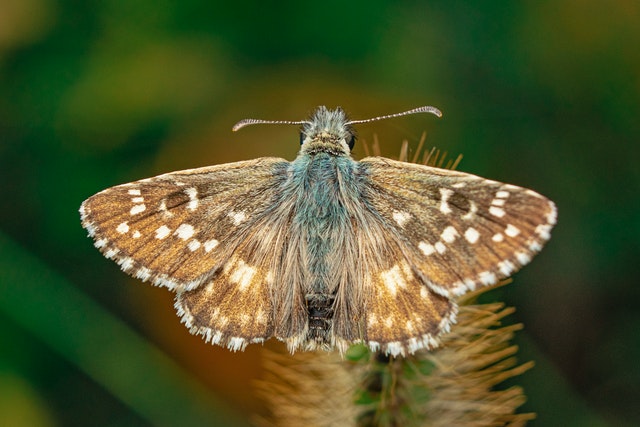
Table of Contents:
Pest and Disease Control Overview
Pest and Disease Control Overview
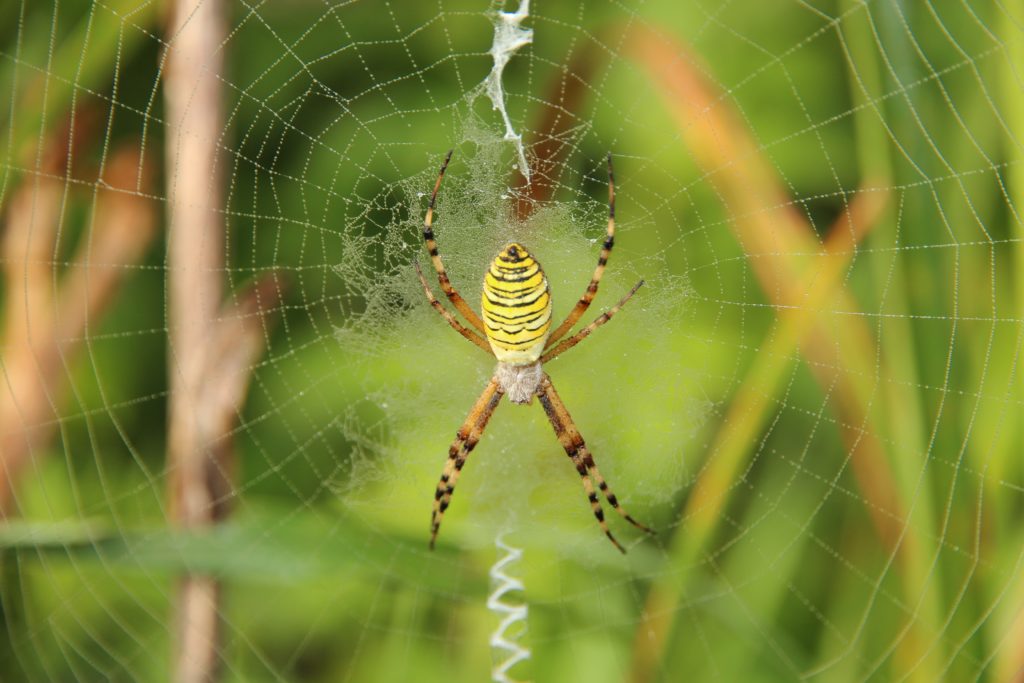
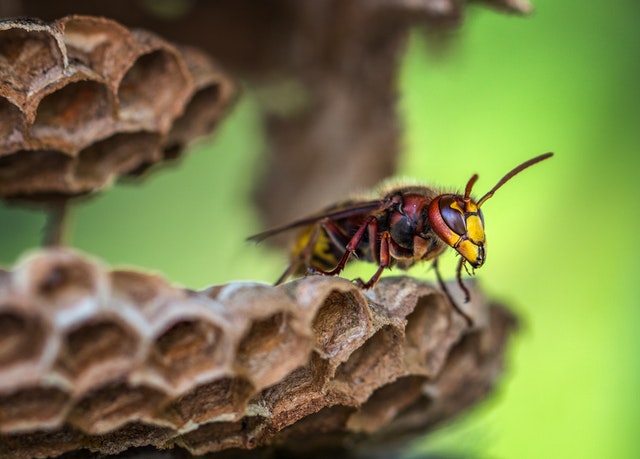

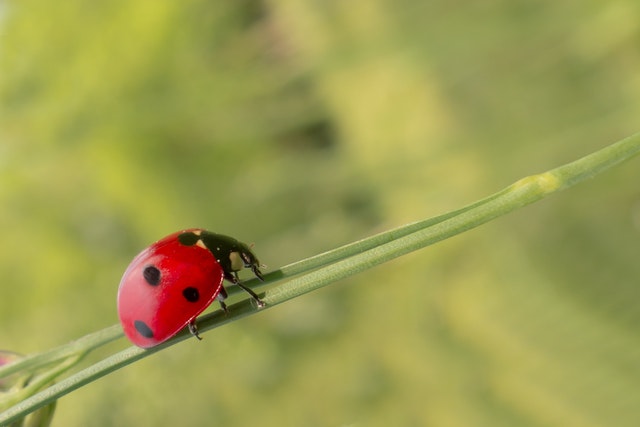
Biological Control Methods
This method of natural control involves the use of live predatory insects, beneficial nematodes and microbial pathogens to suppress populations of different pest insects, diseases and weed control populations. Biological control is used as component of an integrated pest management strategy. It is defined as the reduction of pest populations and diseases by natural enemies and typically involves an active human role. This method is viewed as a positive alternative to the use of both synthetic and natural chemicals for controlling pests and diseases.
Cultural Control Methods
Organic Pest and Disease Management strategies require good conscientious observation, knowledge of pest and disease lifecycles, tolerance for minimal damage and above all patience.
- Encourage beneficial insects and creatures
- Create Beneficial Habitats
- Establish a balanced crop Rotation plan
- Encourage Diversity – Mixed cropping and companion planting; avoid monoculture
- Sow pest and disease resistant varieties
- Strategic planting dates
- Healthy transplants
- Suit plants to site and soil
- Good hygiene practices
- Physical barriers and insect traps
Chemical Control Methods
As we have mentioned above there are clearly many alternatives to consider before reaching for the sprayer and chemicals. Where as a last resort the use of chemical pesticides is essential, plant-derived substances are available, which have short persistence and low toxicity to birds and mammals. These and other pesticides should always be used with full regard to the product recommendations and to the possible effects on beneficial organisms.
Many botanical pesticides include chemical compounds, essential oils and other mixed ingredients which are normally extracted from plants and purified in some manner to obtain the natural active ingredient. This is then usually formulated in a way in which it can be delivered to the crop, often as a dust or spray, with the aim of killing or modifying the behaviour of the pest or pathogen.

Types of Pests
Pests of Vegetables
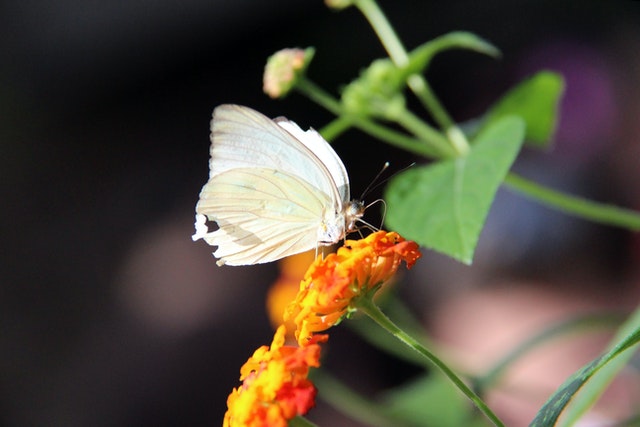
Potato:
- Wireworm
- Slugs
Tomato:
- Aphids (greenfly)
Carrot:
- Carrot Root Fly
Legumes:
- Black Fly
- Pea Moth
Alliums:
- Onion Fly
- Stem & Bulb Eel Worm
Brassicas:
- Cabbage Root Fly
- Caterpillar (Cabbage White Butterfly)
Salad Crops:
- Cutworms
- Leatherjackets
General pests:
- Slugs
- Birds
- Flea Beetle
- Mealy Cabbage Aphid
Pests of Fruit

Strawberry:
- Vine weevil
- Two spotted spider mites
- Slugs and snails
- Birds
Raspberry:
- Raspberry Beetle
- Aphids
- Moths
Bush Fruit:
- Blackcurrant and Gooseberry Aphids
- Gooseberry Sawfly
- Red currant Blister Aphids
Top Fruit (Apples and Pears):
- Aphids
- Moths
- Apple Sawfly
- Apple Blossom Weevil
General Pests:
- Slugs & Snails
- Aphids (Green fly/Black Fly)
- White Fly
- Red Spider Mite
- Woodlice and Millipedes
- Scale Insects – (can attack both vegetable and fruit crops)
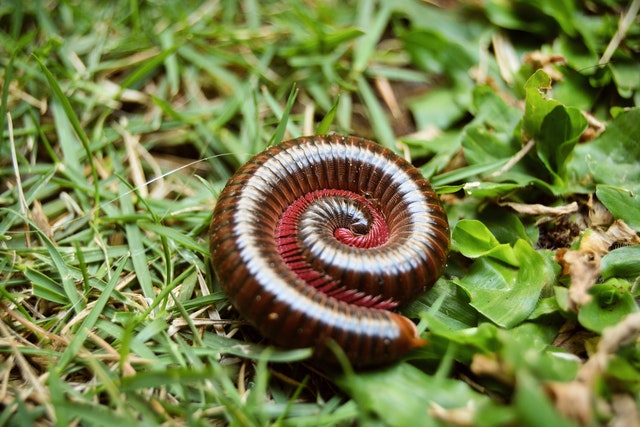
Pest identification procedures
- Examine the entire affected plant part and note the range of abnormal symptoms. Is the entire plant affected or just a part of it? if a part is affected, what part? Do you see symptoms only on the new growth or old growth, or on a single branch? is just one plant affected, or do you see symptoms along an entire row? If plants are affected randomly within a row or bed, and the symptoms do not spread to the other plants, the problem is probably not an infectious disease. Clusters of plants showing symptoms may indicate disease, or just a pocket of poor soil.
- Examine both the affected areas and healthy portions of the plant more clearly using a magnifying glass. Inspect the leaves, especially on the undersides, stems, flowers and roots, if possible. Look for signs of hidden damage, such as borer holes in stems or fine webbing on the undersides of leaves. To avoid damaging roots when you observe them dig the plants rather than pulling them from the ground. Carefully wash soil off the roots for easier inspection.
- Check the condition of the soil. Is it poorly aerated, encouraging root rots or at least poor root function? Or is the soil droughty so plants wilt from lack of water? If soil conditions are poor, root systems may not be able to spread in search of nutrients, and plants in that area may suffer from nutrient deficiencies.
- Collect any insects associated with the ailing plant, or take samples of damaged leaves.
- Use the information that you’ve gathered to narrow down the possible causes
- If you are still unsure, review everything about the conditions preferred by the plant, correct any environmental or nutritional deficiencies, and give the plants the best care you can. Many unexplained afflictions are physiological in origin and plants often grow out of them when conditions improve. Bear in mind that nutrient problems will take some time to correct so be patient. If more plants become affected, as the disease is spreading, pull and discard the damaged plants to reduce the source of disease.
Types of Diseases
Diseases of Vegetables
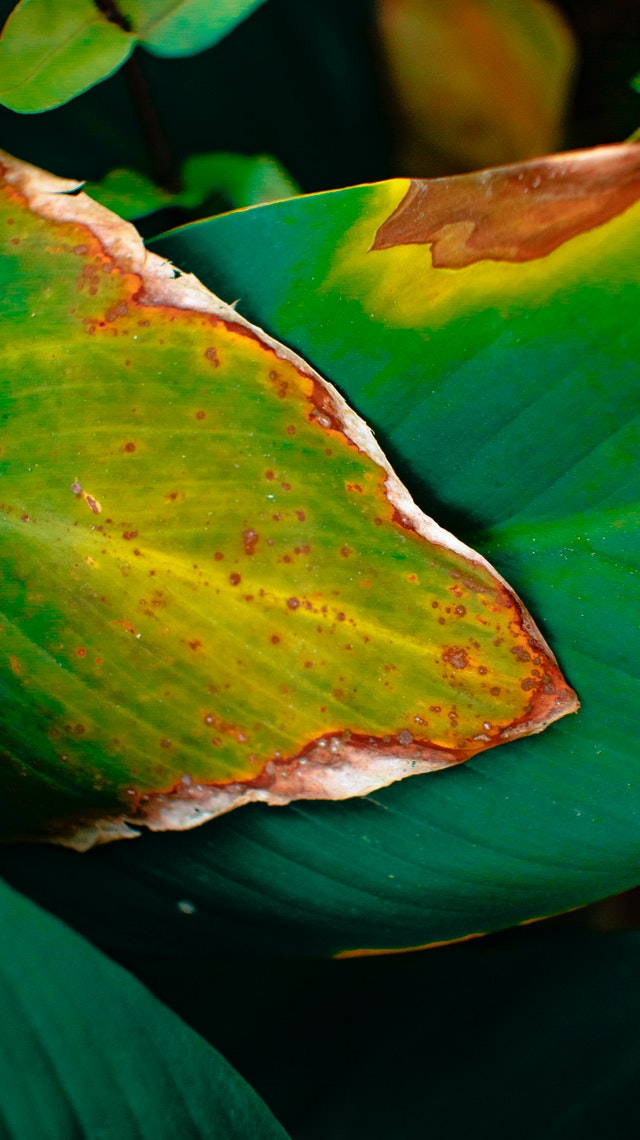
Potato:
- Blight (fungus)
- Scab (Bacteria)
- Dry Rot (fungus in storage)
- Black Leg (bacterial rot)
Tomato:
- Blight
- Botrytis (Grey Mould)
- Blossom End Rot
Parsnip:
- Canker (fungus)
Legumes:
- Chocolate Spot (fungus on Broad Bean leaves)
- Halo Blight (bacteria on French & Runner Beans)
- Downy Mildew (wet conditions fungus)
- Powdery Mildew (dry conditions fungus)
Diseases of Fruit Crops

Strawberry
- Grey Mould
- Powdery Mildew
- Verticillium Wilt
Raspberry
- Cane Blight
- Grey Mould
- Cane Spot
- Downy Mildew
Blackcurrant
- Blackcurrant Reversion Virus
- Leaf Spot
Gooseberry
- American Gooseberry Mildew
- Leaf Spot
Apples and Pear
- Scab
- Powdery Mildew
- Canker
- Fireblight
- Brown Rot
Chemical Control Methods
Organically acceptable chemical pesticides have three characteristics that distinguish them from their synthetic counterparts:
- they are derived from natural substances
- they are generally less toxic to humans than synthetic pesticides
- they break down relatively quickly in the environment to harmless substances
Many botanical pesticides that have an action against pests and diseases have been isolated, produced and marketed. They include chemical compounds, essential oils and other mixed ingredients which are normally extracted from plants and purified in some manner to obtain the natural active ingredient. This is then usually formulated in a way in which it can be delivered to the crop, often as a dust or spray, with the aim of killing or modifying the behaviour of the pest or pathogen.
Natural pesticides are less harmful or persistent than other synthetic pesticides, however, they will treat the symptom only and not the cause of the pest or disease.
Garlic spray is the one exception. It only masks the smell of host plants so that pests find it less attractive or get confused. Research has also shown that the use of garlic spray strengthens the plants so that they become more resistant to attack.
Preparing a Garlic spray
Materials used:
- 12 garlic gloves (1 bulb)
- 1 litre of water
- washing up liquid
Preparation:
- Crush and add the garlic gloves into water and boil for about 5 minutes
- Cool and strain the liquid, store in the fridge
- Dilute the liquid to 1 Tbsp per litre
Application procedure:
- Spray on the plants and the soil around the plant
- Use a hand-held trigger sprayer for smaller areas or a pressure sprayer for larger areas. It can be pressurised manually through pumping
- Wear rubber gloves during the process
- Clean and dry the nozzle and filters after each use
- Do not apply the spray when it is windy as it can spread into areas where it is not needed or wanted
- Pick the ripe fruit or vegetables first and remove any weeds
- Dress appropriately, wear long sleeved shirts and pants
- Ensure the equipment is working properly
- Only mix as much garlic spray as you need for the area that needs to be covered
- Best to apply in the mornings or evenings
- Apply thoroughly on the upper and lower leaf surfaces and the soil around the plant. In case of an accident make sure a first aid kit or running water is close by
Other Organic Products
Pyrethrum
It is extracted from the flowerheads of Chrysanthemum cineraiaefolium. The active ingredient is concentrated in the flowers and seeds, which are pulverised to extract the pyrethrins, a mixture of six or so insecticidal compounds. Natural pyrethrum is a non-persistent insecticide that rapidly biodegrades, especially in sunlight. It is, however, a fairly broad spectrum insecticide, so can also harm beneficial insects. It should therefore not be used on a routine basis.
Used as a control for greenfly, blackly, whitefly, other aphids and caterpillars.
Rotenone
Rotenone is the active ingredient extracted from the root of the derris plant which is native to Asia. It has long been used as a ‘natural’ pesticide and as a fish poison. Rotenone is a contact and stomach poison that inhibits cellular respiration in insects, rapidly causing them to stop feeding and eventually die. . It is moderately toxic to mammals and very toxic to fish. It is non-persistent in the environment, rapidly degrading in sunlight and soil. Rotenone is available as powder and liquid form. Can be harmful to some beneficial insects such as ladybirds, lacewings and parasitic wasps. Safe for bees.
It has a broad spectrum of activity and has been used to control aphids, sawflies, flea beetles, caterpillars and a range of other insect pests.
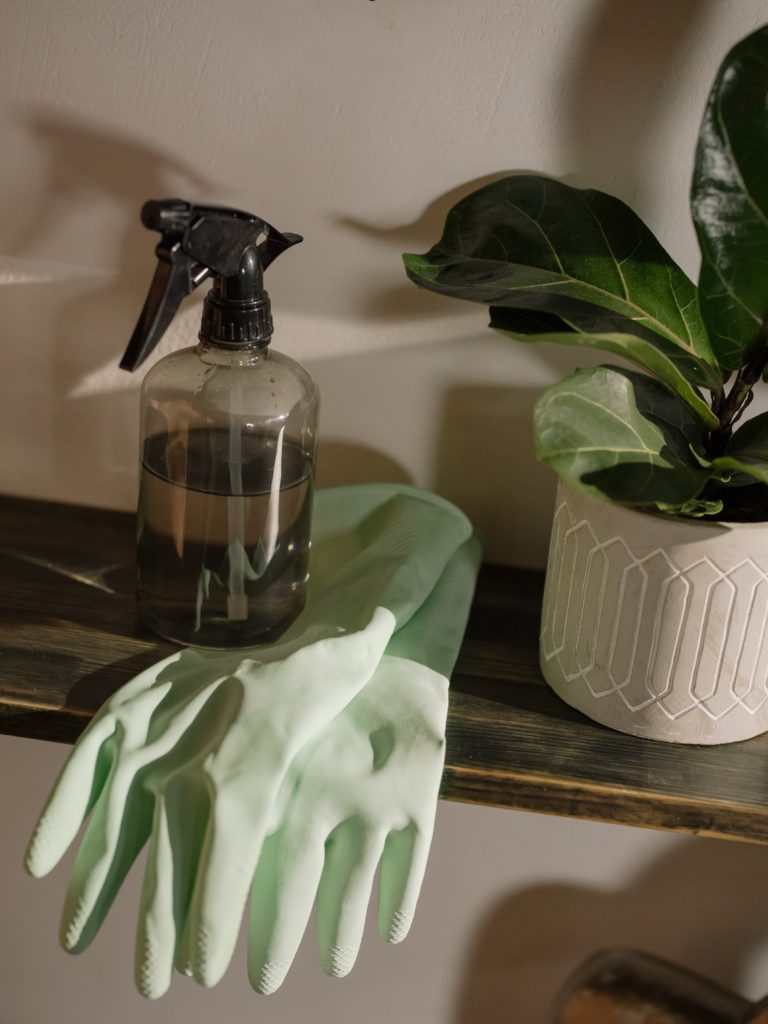
Quassia
Quassia is another natural insecticide made from extracts of the South American tree, Quassia amara. The extract is one of the most bitter substances available, therefore shouldn’t be applied too close to harvesting. It is effective against aphids and caterpillars but also relatively safe for some beneficial insects such as ladybirds and their larvae.
Insecticidal Soft (fatty acid) Soaps
Soft soap or insecticidal soaps have long been used as pest control agents in organic farming systems. The active ingredient is potassium fatty acid soap, derived from natural and sustainable plant oils. It works by disrupting the waxy cuticle of insects and can also affect cell membranes. It has most effect on soft-bodied insects such as aphids, thrips, whitefly and spider mites, and much less effect on many beneficial insects that have hard bodies such as ladybirds, ground beetles and bees, especially if applied at times when they are not active.
It is important to spray at the correct concentration and it must actually make contact with the insects for it to be effective. Like other organic insecticides, it breaks down very quickly especially in sunlight, and is not persistent in the environment.
Horsetail (Equisetum)
Horsetail (Equisetum arvense) is a pernicious weed which spreads by underground stems which may go down as deep as ten feet, forming horizontal rhizome systems at intervals. This makes it particularly difficult to control. If you have a horsetail problem, there’s a bright side to it because an infusion of the weed makes a good fungicide for control of mildew on strawberries and other crops, potato blight and rust on celery and celeriac.
Rhubarb
The leaves of the rhubarb plant contain a natural pesticide named oxalic acid. Boiling the leaves releases the oxalic acid and this creates a liquid solution that can then be used like any other pesticide spray for insect infestations. It is a completely biodegradable solution, however, care should be taken not to spray all insects indiscriminately as it will also kill other essential natural predators, such as ladybirds and hoverfly larvae. Oxalic acid is highly toxic to humans and can induce cardiac arrest if ingested so care should be taken when handling it.
Essential Plant Oils
These are normally understood to be volatile oils that are produced and stored in plants, often in specialized glands, and which, when released, spread and evaporate to give the characteristic smell associated with many plants. Their function is not always know but many are presumed to have some defensive purpose against both pests and diseases. Although many plants have essential oils, they are characteristic of herbs, which are well known for their culinary qualities, health effects and/or fragrance. Below are a few that have been used in organics and are permitted under the current EU standards.
Citronella
An extract from citronella grasses, this oil has been demonstrated to have repellent effects against insects and mites. It also has mild antiseptic properties and is used in soaps for this purpose. Most uses of citronella are domestic, and they are unlikely to be cost effective in commercial systems.
Citrus Oils
Derived from bi-products of the citrus industry, citrus oils have been developed for use as plant amendments that enhance and fortify the plant cuticle and have anti-evaporative properties, which may help to protect crops plants from pathogen infection in some conditions. Some oils (limonene and linalool) are also insecticidal.
Herb Extracts
These include the oils of plant such as thyme, rosemary, lavender, cloves and peppermint, to name a few. At various times and in different combinations they have been shown to have insect repellent properties and/or protective properties against pathogen attack. Most have too high a value to be of use as cost-effective pest management tools, and are in any case unlikely to work effectively on a practical field scale, although some for example mint oil have been approved for use in the EU.
Pine Oil
Research shows that not only is pine oil good for keeping things sterile and clean, but also provides a high amount of growth potential to most plants. A large number of pine oils exist, many with mild antiseptic and/or insect repellent properties. They are often used in soaps or other cleaning products. Pine-Oil also contains a high natural level of nitrogen while also being a major pest and disease deterrent. Can be used as insecticide and fungicide in the form of a foliar spray.
Preparing a Garlic spray
Materials used:
- 12 garlic gloves (1 bulb)
- 1 litre of water
- washing up liquid
Preparation:
- Crush and add the garlic gloves into water and boil for about 5 minutes
- Cool and strain the liquid, store in the fridge
- Dilute the liquid to 1 Tbsp per litre
Application procedure:
- Spray on the plants and the soil around the plant
- Use a hand-held trigger sprayer for smaller areas or a pressure sprayer for larger areas. It can be pressurised manually through pumping
- Wear rubber gloves during the process
- Clean and dry the nozzle and filters after each use
- Do not apply the spray when it is windy as it can spread into areas where it is not needed or wanted
- Pick the ripe fruit or vegetables first and remove any weeds
- Dress appropriately, wear long sleeved shirts and pants
- Ensure the equipment is working properly
- Only mix as much garlic spray as you need for the area that needs to be covered
- Best to apply in the mornings or evenings
- Apply thoroughly on the upper and lower leaf surfaces and the soil around the plant. In case of an accident make sure a first aid kit or running water is close by

Homemade sprays
Below is an array of different homemade remedies, some of them are used for controlling both pests and diseases.
You may find that some concentrations work better than others; note your observations for future reference. You may also discover that some of the mixtures have the potential to injure your plants, so be sure to test your concoctions on a few leaves before making an application on the entire crop affected. Any damage should be apparent within a few days.
Oily Garlic Spray
100g chopped garlic soaked for at least 24 hours in 30ml veg oil.
Add 500ml water with 5ml liquid soap and stir well to emulsify the oil. This should keep for a few months in a sealed childproof jar – store in a cool area.
Use 30ml of preparation in 500ml water and 5ml soap to spray plants.
Although environmentally friendly garlic spray can cause damage to innocent insects and bugs that just happen to be in the wrong place at the wrong time, the same applies to fragile vegetation in the close proximity.
Garlic Chili Spray
This garlic chili spray works really well on infestations of aphids, white flys, or mealy bugs.
Ingredients
12 large cloves of garlic (roughly one whole garlic bulb)
6 hot chili peppers, dried or fresh
2 cups water
1 tablespoon liquid dish soap ( natural soap is a good option here) but make sure it does not contain a de-greaser
Method
- Combine the garlic, chilies, and water in a blender and puree until it forms into a frothy orangey-pink concoction. Let the blended ingredients stand overnight to gain potency and so that the solids settle to the bottom.
- Pour the mixture through a strainer lined with cheesecloth (you can use coffee filters if you don’t have cheesecloth.) Make sure you get all the particles out; otherwise it will clog up your garden sprayer.
- Pour the concentrate into a jar with a plastic lid (it will react with metal.)
- Stir in the liquid soap and label the jar.
- When ready to use, mix 2 tablespoons of concentrate per quart of water in a garden sprayer. Anything stronger then this could cause damage to the plants so don’t get aggressive.
- Spray infested plants during the late afternoon. If you spray early in the morning, the sun mixed with the spray may burn the plants.
If one application does not clear up an infestation, you can do multiple applications, but put 2-3 days between applications.
Makes 2 ½ cups of concentrate.
Horsetail Solution
(Blight Remedy)
Although popular among backyard gardeners, it hasn’t been scientifically tested for fungicidal properties. The best time to harvest horsetail is when the feathery-like stems are pointing upward as opposed to downward. This is when the nutritive value is at its highest).
Collect the whole green plant on a sunny day and spread thinly in an airy shed to dry. The dried plant material can be stored in sacks that can let the air through easily.
Method
Simmer 50g in 2 litres of water for approximately 1 hour. If the fresh plant is used take 200g to the same amount of water.
Dilute by 5 times its volume and use the spray as a preventative measure.
Marsh or Wood Horsetail are not as useful for this purpose as common horsetail which differs from them in that the internodes on the main stem are shorter than the lateral shoots.
A simple method is to collect a load of Horsetail and put it in a barrel of water.
Allow it to break down over time ( a couple of weeks), stirring occasionally.
Dilute it to a light brown tea colour and spray it on or around the plants.
Rhubarb Spray
Ingredients:
1kg rhubarb leaves (not stems)
2 litres water
Method:
Place the rhubarb leaves into a large pot
Bring to the boil and then simmer for 20 minutes to half an hour
Strain off the leaves
Dilute – The solution should be diluted 1 part solution and 9 parts water; in other words add 9 litres of water to create the spray
Tips
Be sure that you really need to use this spray as it is indiscriminate and will kill beneficial insects like bees as weel as the pest insects.
Do no boil the mixture in a tin pot; it will react with the rhubarb leaves.
Nettle spray
Bio-dynamic gardeners and growers have a very high regard for the common stinging nettle, using the leaves in sprays of several kinds. As well as using nettles as an activator on the compost heap (page 27) the organic gardener can use them as a liquid manure and as an aphicide.
Gather 224g (l/2 lb) young nettles and soak in a 5 gallon bucket of water for a week.
Strain and use undiluted as a control of aphids on roses and celery leaf miner.
Add the mushy nettles to the compost heap.
Bordeaux mixture
This was discovered in 1845, but not used as a fungicide until 1885 when it was found to control downy mildew . It is the most important preventative of potato blight and is made from copper sulphate and lime. Applied before the fungus spores of blight settle on the leaves, the copper sulphate gradually releases small amounts of soluble copper which kills the germinating spores. It is equally effective in preventing blight attack on tomatoes outdoors.
Mix 2 Litres of hot water with 30 grams of copper sulphate (Bluestone). Leave for an hour.
Dissolve 30 grams of washing soda in 1 litre of warm water.
Mix the two liquids together and spray immediately.
NB – Make sure to spray the underside of the leaves as well as the top!
Burgundy mixture
Substantially the same as Bordeaux mixture, but the lime is replaced by washing soda. It can be used as a prevention against mildew on roses and gooseberries by spraying the bushes in January.
Tomato Leaf Spray
Tomato plants, as members of the nightshade family, contain toxic compounds called alkaloids in their leaves. When the leaves of tomato plants are chopped, they release their alkaloids. When the alkaloids are suspended and diluted with water, they make an easy to use spray that is toxic to aphids, but still safe around plants and humans.
What You’ll Need:
One to two cups of tomato leaves
Two cups of water
A strainer or cheesecloth
Spray bottle
Method
To make tomato leaf spray, simply soak one to two cups of chopped tomato leaves in two cups of water. Let it steep overnight.
Strain the leaves out of the liquid using cheesecloth or a fine strainer.
Add another one to two cups of water to the liquid and add it to a spray bottle.
To use the tomato leaf spray in your battle against aphids, spray the stems and foliage of the infested plant with the spray, paying special attention to the undersides of leaves, since that is where aphids most commonly congregate.
Caution: While this spray is very safe for humans, some people are allergic to members of the nightshade family. If you are one of them, use care in making and applying this spray.
Growing herbs as insect repellants
Wormwood Artemesia absinthium Tansy Janacetum vulgare; Yarrow Achillea millefolium – these are all herbs which act as insect repellants/deterrants. Strewing these herbs around other plants can help to deter insect pests. A tea made from Wormwood leaves can be watered onto soil to deter slugs.
Picture: Tansy
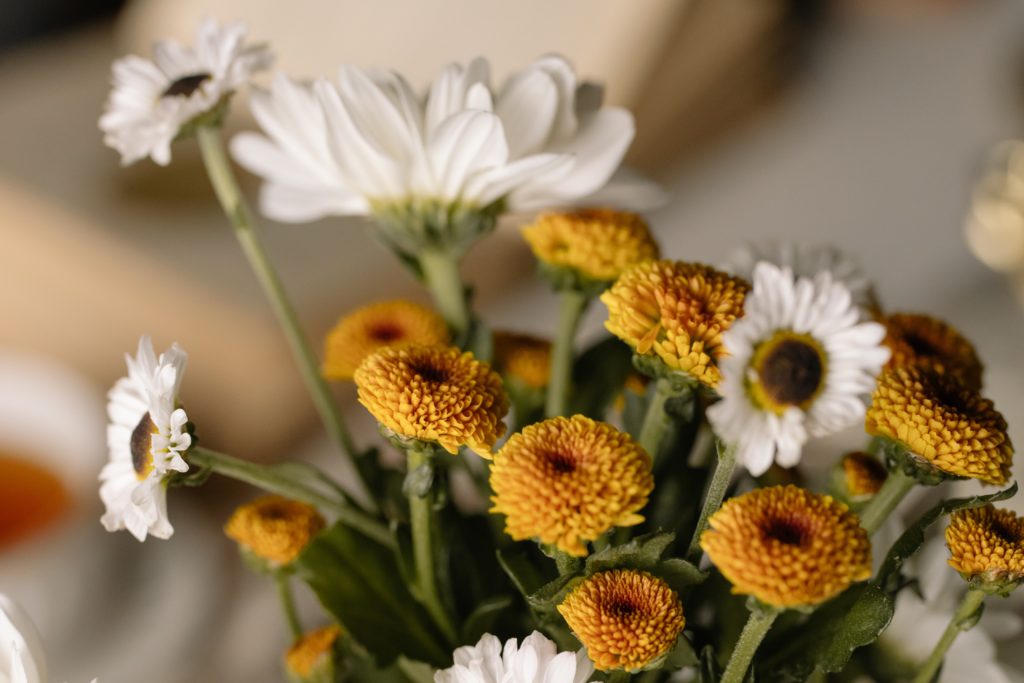
Source of this article: The Organic College Drumcollogher
